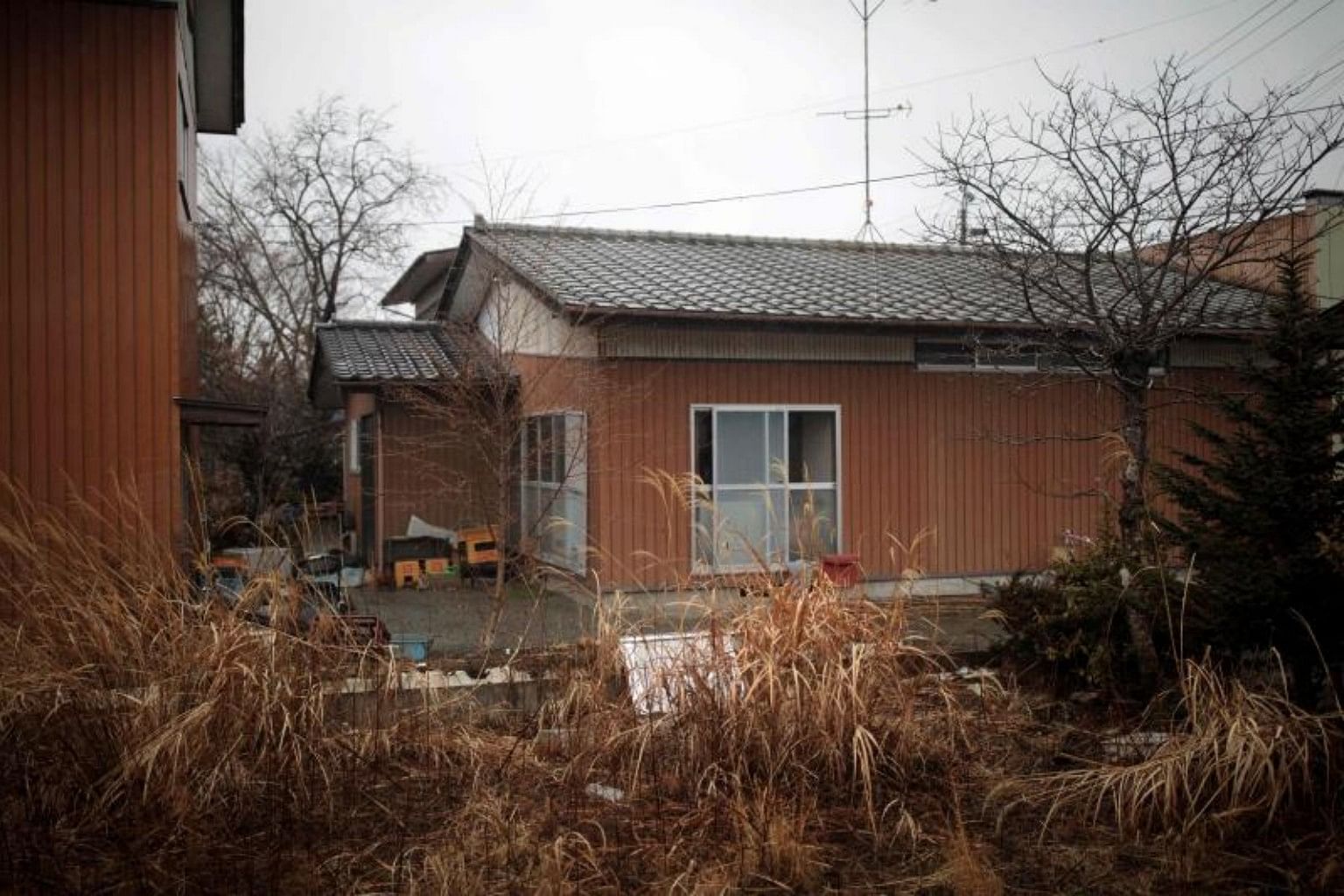Fukushima shifts gears from nuclear to hydrogen, robotics
Sign up now: Get insights on Asia's fast-moving developments
Follow topic:
TOKYO - Fukushima, a name tainted by one of the world's worst nuclear disasters, hopes to be associated with Japan's renewable future.
The prefecture's coastal town of Namie, once deemed unlivable due to its proximity to the Fukushima Daiichi nuclear plant, has largely been decontaminated and now houses the Fukushima Hydrogen Energy Research Field (FH2R), the world's largest hydrogen production site.
Plans are afoot to build 11 solar power plants and 10 wind power stations on unfarmable areas in Fukushima by March 2024 in a 300 billion yen (S$3.5 billion) project.
Solar panels now dot Fukushima, Japan's third-largest prefecture out of 47 regions and home to 1.8 million people. But so do dosimeters that continue to measure the level of radiation in the air in an unfortunate reminder of the events that unfolded 11 years ago on Friday (March 11).
"The national government will continue to work to improve the living environment for the return of residents, and to support the promotion of innovation and regeneration of industries," Prime Minister Fumio Kishida said at a memorial service in Fukushima after observing a minute of silence.
A violent magnitude 9 earthquake struck at 2.46pm (1.46pm Singapore time), triggering monster tsunami waves that reached as high as 30m in some areas.
The tsunami not only left a trail of destruction across coastal Fukushima, Miyagi and Iwate prefectures, but also slammed into the Fukushima Daiichi nuclear plant.
This caused reactor meltdowns leading to hydrogen explosions that spewed a radioactive plume, forcing villages up to a 30km radius around the plant to be evacuated at one point in time.
The latest toll by the National Police Agency showed there were 15,900 deaths and 2,523 missing. Disaster-related deaths due to causes such as injuries sustained during the tragedy stood at 3,784.
Another 246 people linked to the disaster have died by suicide, the Health Ministry said. This was up by six from last year, and the figure continues to tick up every year.
Still, there are bright sparks in the reconstruction effort that continues to be riddled with challenges.
As of last month, there were still 38,139 people living in temporary housing and registered as evacuees, though this was less than a tenth of the more than 400,000 evacuees at the peak.

Nonetheless, the reconstruction of public housing, roads and other infrastructure, which has cost more than 30 trillion yen, is said to be nearly complete.
This follows key milestones as the region celebrated the reopening of the 359km Sanriku-Engan coastal highway in December last year, and the full restoration of railroads after train service in the final leg connecting Tomioka and Namie stations in Fukushima restarted in March 2020.
The exclusion zone has shrunk, from 12 per cent of the entire prefecture area to 2.4 per cent.
Futaba, the last town to remain fully closed off to residents, began allowing temporary overnight stays in January ahead of a planned permanent reopening to residents from June.
Still the hard infrastructure has had minimal impact in encouraging former residents to return en masse, with many having already resettled elsewhere and unwilling to uproot their lives once again.
Wide areas of coastal Fukushima - where the key provider of jobs had for decades been the Fukushima Daiichi nuclear plant - remain ghost towns.
Futaba Mayor Shiro Izawa, 63, who was first elected in 2013, lamented how only 19 people in 12 households had registered for the temporary overnight stays.
"We are in crisis mode over the survival of the town," Mr Izawa said, admitting that he has had to fend off criticisms from many quarters that the new infrastructure in his town, built using taxpayers' money, are effectively little-used white elephants.

Fukushima Governor Masao Uchibori, however, hopes the prefecture's Innovation Coast Framework will foster new industries, create new jobs, and spark an inflow of residents both old and new.
Mr Koji Hogu, 46, a business manager at the Fukushima Innovation Coast Framework Promotion Organisation, said the Fukushima Robot Test Field in the city of Minamisoma is so vast that replicas of infrastructure and even entire towns can be commissioned for the training and evaluation of new robots.
The test field is also home to Japan's largest airspace, longest runway and airfield - replete with impact absorption nets - for the testing of unmanned aircraft, Mr Hogu added.
Drone start-up Robodex, which was founded in Kanagawa prefecture, south of Tokyo, has set up an outpost in Minamisoma to conduct trials at the test field.
Chief executive officer Daisuke Kaio, 55, said conventional drones use heavy lithium batteries and are limited by their flight time of between 20 and 30 minutes.
His firm is now building drones that can run on a hydrogen fuel tank and cell unit - developed at the nearby FH2R - that can fly for at least 80 minutes.
"There have been a lot of legal hurdles that were very difficult to overcome to even get this project off the ground, and as such, having such a test field is vital to developing new technology," he said.
Mr Kaio added that the next stage was to test-fly the drone from Minamisoma to the FH2R facility in Namie 15km away and back, with the aim of ultimately testing it for logistics and infrastructure inspections.
"If hydrogen is proven as a viable fuel source for drones, this can extend their flight time and distance," Mr Kaio said. "This may well revolutionise how drones can be used in logistics."

